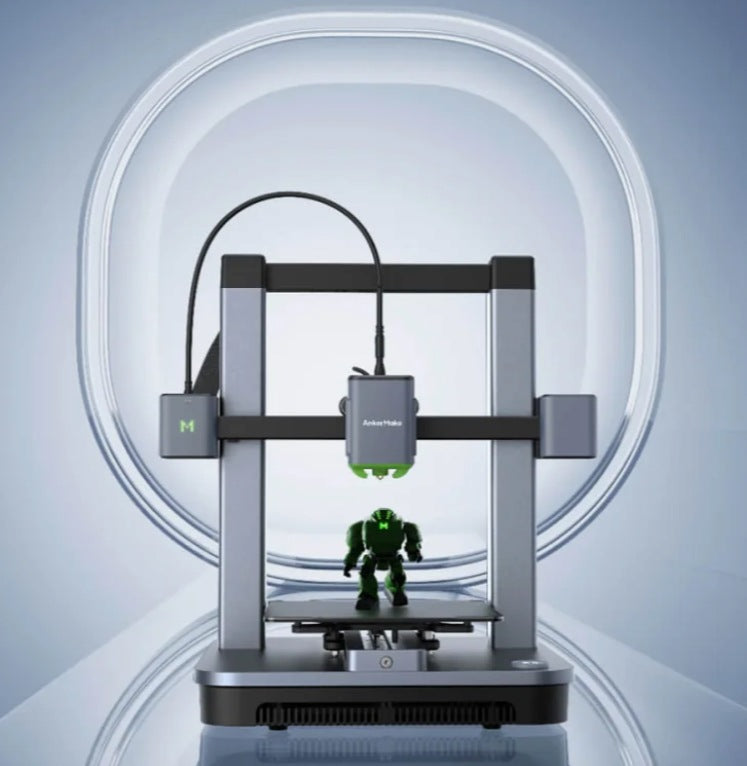In recent years, 3D printing has revolutionized various industries, enabling the creation of complex objects with unprecedented precision and efficiency. As the technology continues to advance, it's crucial to stay updated on the latest trends and breakthroughs. In this article, we will delve into the three most popular forms of 3D printing that are currently shaping the landscape of manufacturing and design.
- Stereolithography (SLA):
Stereolithography, often referred to as SLA, is one of the oldest and most widely used forms of 3D printing. It utilizes a process called photopolymerization, where a liquid resin is selectively cured by a UV laser to create solid objects layer by layer. SLA offers exceptional accuracy and surface finish, making it ideal for applications in industries such as jewelry, dentistry, and prototyping. Its ability to produce intricate details and complex geometries has made it a favorite among professionals seeking high-quality prints. - Selective Laser Sintering (SLS):
Selective Laser Sintering, or SLS, is a form of 3D printing that employs a high-powered laser to selectively fuse powdered materials, typically polymers or metals, into solid objects. Unlike SLA, SLS does not require support structures, as the unsintered powder acts as a self-supporting medium during the printing process. This makes SLS highly versatile and cost-effective, enabling the production of functional prototypes, end-use parts, and even complex assemblies. SLS has gained popularity in industries such as aerospace, automotive, and healthcare, where durability and mechanical properties are crucial. - Digital Light Processing (DLP):
Digital Light Processing, known as DLP, is a 3D printing technique that shares similarities with SLA. However, instead of using a laser, DLP employs a digital light projector to selectively cure a liquid resin. This technology allows for faster print speeds compared to SLA, making it suitable for large-scale production. DLP offers excellent resolution and surface finish, making it popular in industries such as jewelry, dental prosthetics, and consumer goods. Its ability to produce highly detailed prints quickly has made it a game-changer in the 3D printing landscape.
Conclusion:
As 3D printing continues to evolve, these three forms of additive manufacturing—Stereolithography (SLA), Selective Laser Sintering (SLS), and Digital Light Processing (DLP)—have emerged as the most popular and influential techniques. Each method offers unique advantages and caters to specific industry needs. Whether it's the precision and surface finish of SLA, the versatility and cost-effectiveness of SLS, or the speed and scalability of DLP, these technologies are driving innovation and transforming the way we design, prototype, and manufacture objects.

